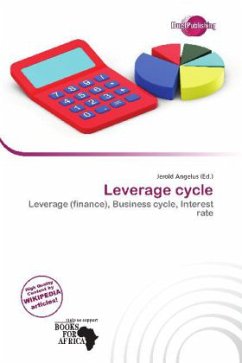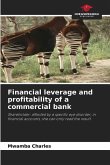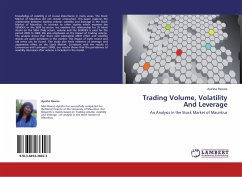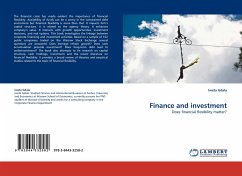Please note that the content of this book primarily consists of articles available from Wikipedia or other free sources online. Leverage is defined as the ratio of the asset value to the cash needed to purchase it. The Leverage cycle can be defined as the procyclical expansion and contraction of leverage over the course of the business cycle. The existence of procyclical leverage amplifies the effect on asset prices over the business cycle. Conventional economic theory suggests that interest rates determine the demand and supply of loans. This convention does not take into account the concept of default and hence ignores the need for collateral. When an investor buys an asset, he may use the asset as a collateral and borrow against it, however the investor will not be able to borrow the entire amount. The investor has to finance with his own capital the difference between the value of the collateral and the asset price, known as the margin. Thus the asset becomes leveraged. The need to partially finance the transaction with the investor s own capital implies that his ability to buy assets is limited by his capital at any given time.
Bitte wählen Sie Ihr Anliegen aus.
Rechnungen
Retourenschein anfordern
Bestellstatus
Storno








